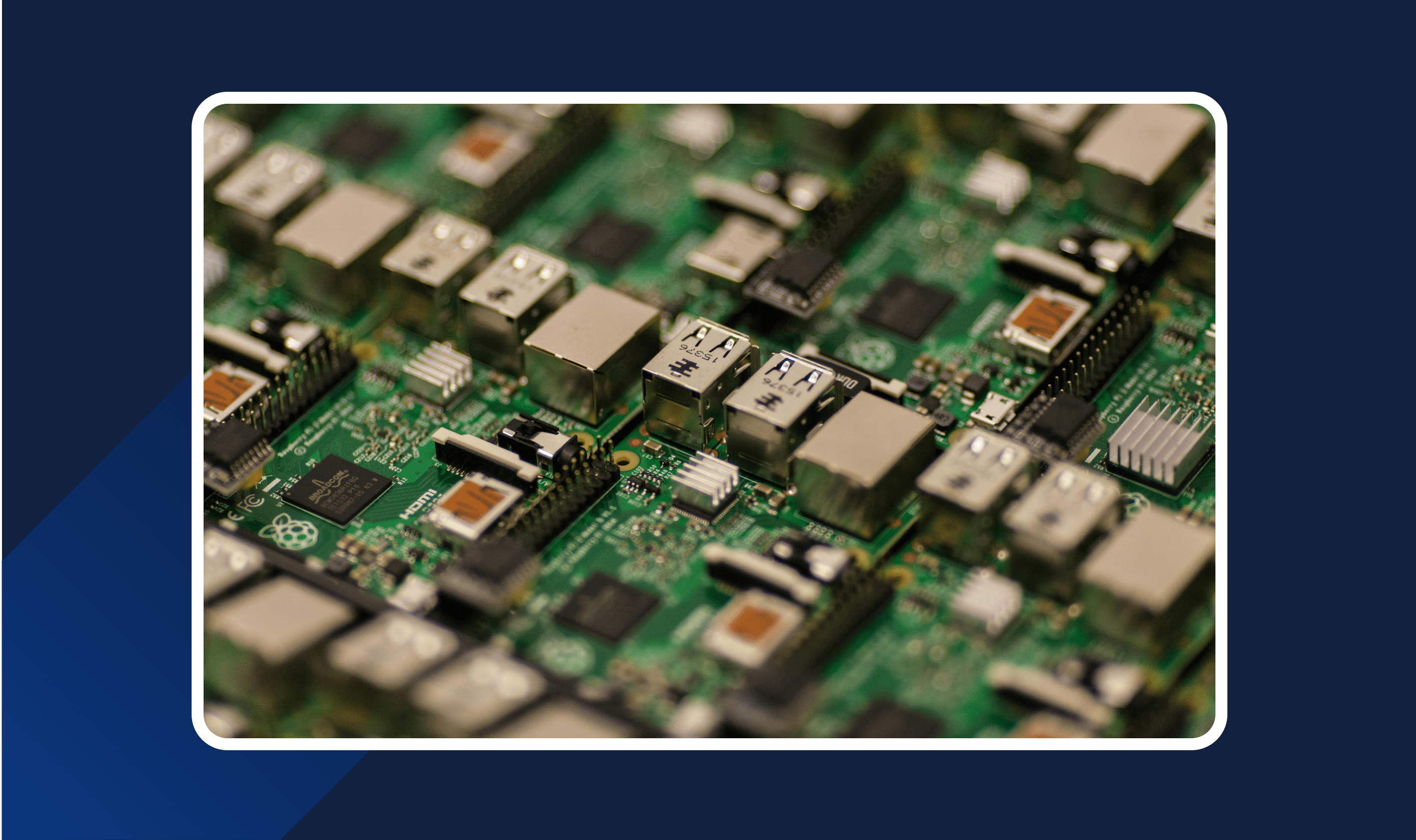
In today’s interconnected world, the Internet of Things (IoT) is rapidly transforming industries by enabling devices to communicate, automate processes, and generate real-time insights. Yet, for companies reliant on legacy systems, integrating IoT is often a formidable challenge. Legacy infrastructure, while reliable and foundational, wasn’t designed with modern IoT in mind, creating hurdles that can derail even the most ambitious IoT initiatives.
But here’s the good news: these challenges are not insurmountable. With the right strategies, businesses can bridge the gap between outdated systems and IoT, ensuring seamless integration while maintaining the reliability of their legacy infrastructure. In this blog, we’ll dive into why legacy systems struggle with IoT integration and explore actionable solutions to overcome these obstacles.
The IoT Promise Meets Legacy Reality
IoT’s potential is undeniable. From enabling smart manufacturing in factories to predictive maintenance in transportation, IoT delivers valuable data and automation capabilities. However, the allure of IoT often collides with the harsh reality of legacy systems—those aging infrastructures still running critical business operations. These systems, built decades ago, were designed with specific, often siloed functionalities and architectures. Consequently, they lack the flexibility and interoperability needed for IoT’s dynamic, real-time communication.
Here’s where things often go wrong. Legacy systems can’t easily handle the volume, speed, or variety of data IoT generates. Furthermore, integrating modern IoT devices into legacy networks can lead to inefficiencies, security vulnerabilities, and scalability problems.
So, what are the key challenges holding legacy systems back from IoT integration?
- Communication Protocol Gaps
One of the biggest hurdles to IoT integration is that legacy systems often use proprietary communication protocols that aren’t compatible with IoT devices. IoT technology relies on protocols like MQTT, CoAP, and HTTP to send and receive data in real-time, while legacy systems may depend on older, closed-loop protocols like Modbus or RS-232. This mismatch creates a gap where IoT devices and legacy systems can’t communicate directly, leading to data silos and lost opportunities.
- Data Overload and Processing Bottlenecks
Legacy systems were not designed to handle the sheer volume of data IoT generates. IoT devices produce massive amounts of data from sensors, meters, cameras, and other devices. This data needs to be processed in real-time to deliver insights or trigger automation. Legacy infrastructure, often built for smaller, slower streams of data, struggles with this sudden influx, creating bottlenecks that affect overall system performance.
Moreover, without real-time data processing capabilities, the whole point of IoT—being able to act on insights immediately—is compromised. This leads to inefficiencies, lag in decision-making, and missed opportunities for optimization.
- Lack of Flexibility and Scalability
Legacy systems are typically rigid, monolithic structures, with very little flexibility to scale or adapt to new technologies. In contrast, IoT systems are designed to be scalable, accommodating new devices, sensors, or data sources as needed. This rigidity makes it difficult to add IoT devices or expand IoT functionalities without significant overhauls. Additionally, legacy systems often rely on centralized architecture, whereas IoT thrives in decentralized environments, creating friction between the old and new systems. This lack of scalability makes it difficult to leverage IoT across larger operations, reducing the overall impact of an IoT strategy.
- Security Vulnerabilities
IoT security is already a major concern, but the challenge is amplified when legacy systems enter the equation. Older systems often lack modern security features like encryption, multi-factor authentication, or secure data transmission protocols. As IoT devices connect to these legacy systems, they can create potential entry points for cyberattacks. The more IoT devices you introduce, the larger the attack surface becomes. When combined with outdated security protocols on legacy systems, this can open the floodgates to potential breaches, endangering not only the IoT devices but the entire infrastructure.
- High Costs of Integration
Finally, the cost of integrating IoT with legacy systems can be prohibitive. Retrofitting outdated systems to communicate with IoT devices often requires specialized hardware, software, and a team of experts. The expenses can quickly add up, making the entire project seem financially unviable, especially for small to mid-sized businesses.
How to Overcome These Challenges: Actionable Solutions
While these obstacles may seem daunting, they are far from insurmountable. Let’s explore some strategies to fix the issues and ensure a seamless IoT deployment that works with—not against—your legacy systems.
- Invest in IoT Gateways
One of the most effective ways to bridge the communication gap between legacy systems and IoT devices is by using IoT gateways. These gateways act as intermediaries, translating data between IoT devices and older systems, allowing them to communicate without needing to overhaul the entire infrastructure. Gateways can also filter and preprocess data before sending it to legacy systems, reducing the strain on the network and improving overall performance. By investing in IoT gateways, businesses can ensure seamless integration without disrupting existing operations.
- Implement Edge Computing
Edge computing brings data processing closer to the source of data generation—often at the “edge” of the network. For legacy systems struggling with data overload, edge computing can be a game-changer. By processing data locally on IoT devices or nearby edge servers, businesses can reduce the amount of data that needs to be sent to legacy systems for processing. This not only alleviates bottlenecks but also enables real-time decision-making, allowing businesses to act on IoT data instantly. For organizations where speed and efficiency are critical, implementing edge computing is a powerful way to overcome legacy system limitations.
- Use APIs to Foster Interoperability
APIs (Application Programming Interfaces) can act as a bridge between legacy systems and IoT devices. By developing or adopting APIs that allow legacy systems to communicate with IoT platforms, businesses can facilitate seamless data exchange without overhauling their entire infrastructure. APIs create a layer of interoperability, enabling legacy systems to interact with modern IoT platforms, often with minimal disruption. This approach is both cost-effective and flexible, allowing businesses to modernize incrementally rather than through a full-scale overhaul.
- Prioritize Security at Every Layer
When integrating IoT with legacy systems, security must be a top priority. Start by auditing the legacy system’s existing security protocols, identifying vulnerabilities, and addressing them before introducing IoT devices. Consider implementing encryption for data in transit, multi-factor authentication, and secure access controls. Segmenting networks can also prevent potential breaches from spreading across the entire system. A proactive approach to security ensures that legacy systems and IoT devices can coexist without exposing your infrastructure to unnecessary risks.
- Plan for Scalability from the Start
Finally, scalability must be built into your IoT strategy from the outset. Instead of retrofitting an entire legacy system, plan for incremental upgrades. Begin with small-scale IoT projects that can deliver immediate ROI, then expand the IoT ecosystem gradually. This approach not only reduces costs but also ensures that your systems are prepared to scale as your IoT initiatives grow.
Conclusion: Moving Legacy Systems into the Future with IoT
Legacy systems don’t have to be a roadblock to IoT success. With the right strategies—whether it’s investing in IoT gateways, implementing edge computing, using APIs, or enhancing security—businesses can successfully integrate IoT without disrupting their legacy infrastructure. The key is to approach IoT integration thoughtfully, planning for scalability, and ensuring that every step is secure and efficient.
By bridging the gap between legacy systems and IoT, businesses can unlock the full potential of their operations, driving innovation and gaining a competitive edge in today’s digital landscape.
Ready to overcome the challenges of legacy system IoT integration?
Contact Amazatic today for tailored IoT solutions that ensure seamless integration and future-proof your infrastructure.







